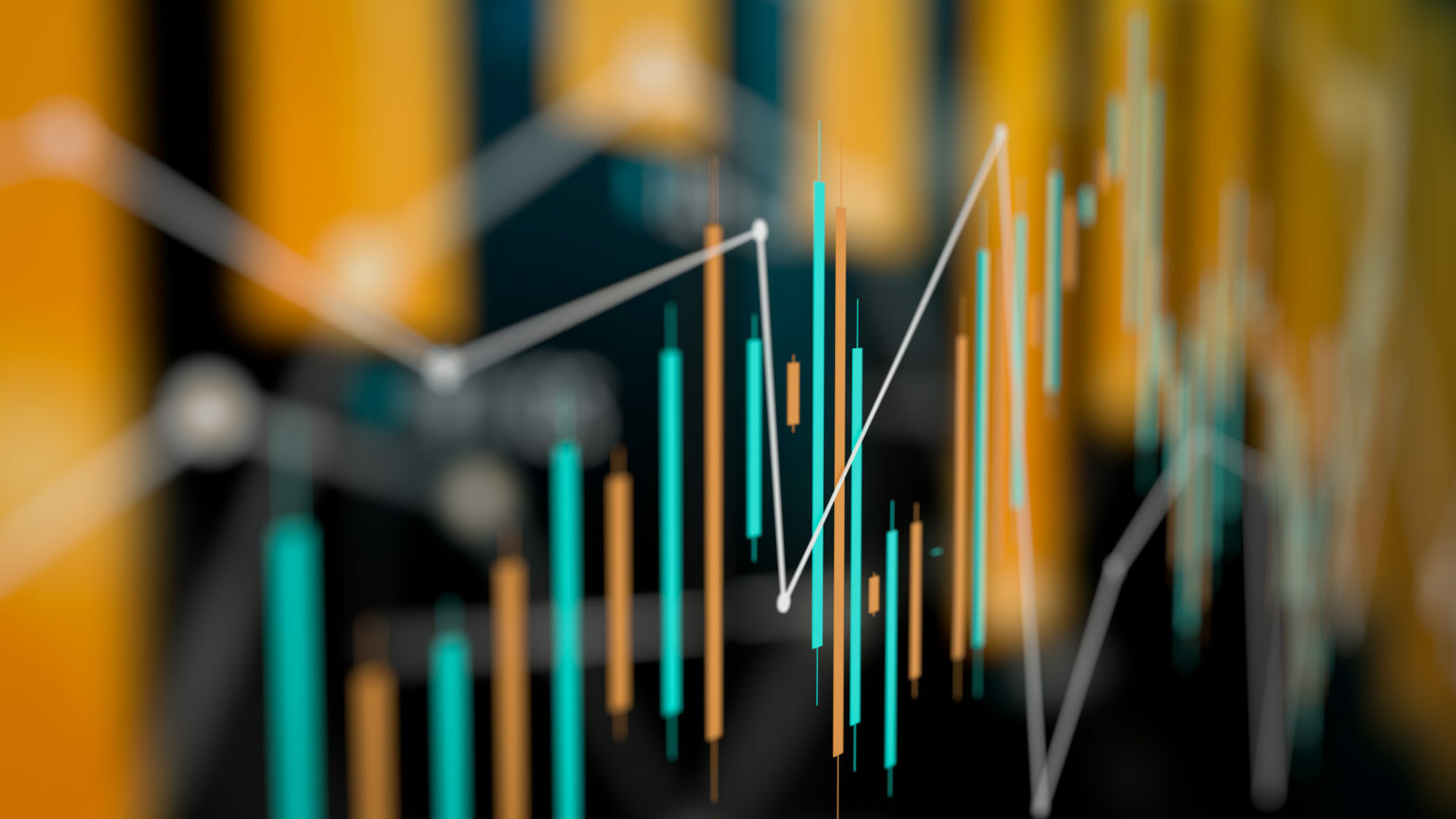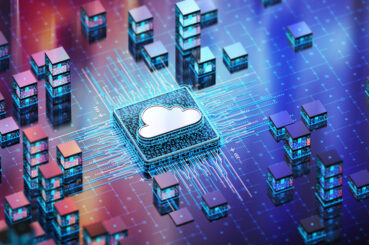Key Considerations For Supporting Your ETRM System

Energy trading and risk management (ETRM) systems are flexible, powerful tools that often lie at the very core of an upstream, midstream, or downstream oil and gas company’s commercial, logistics, and risk business process that enables the trade-to-settlement lifecycle and supports much of the hydrocarbon value chain. They’re routinely relied upon by traders, risk managers, accountants, and many others across organizations for key business decisions to drive profit and loss (P&Ls), inform operations, and ensure compliance every day.
In many cases, they’re also tightly integrated with critical IT applications like enterprise resource planning (ERP) systems and external market data providers and logistics partners. These characteristics combine to create a challenging IT support scenario where system performance, reliability, and resilience are paramount but are set against a backdrop of ever-increasing demands to innovate while continually driving down cost.
The Opportunity
Leading IT organizations are viewed as reliable service providers, sound stewards of scarce resources, and trusted advisors for capital investment in innovation and technology projects. While not always flashy, the first two are foundational for IT leaders to earn a seat at the table and the opportunity to create incremental enterprise value. Providing efficient and effective support for a highly complex and business-critical solution set like an ETRM system can go a long way in establishing a basis for future business/IT alignment and more robust ongoing partnership between groups. The relentless pursuit of operational excellence tends to produce the kinds of savings that pay for bold technology initiatives.
Requisite Capabilities
To provide the kind of consistently reliable and increasingly affordable services demanded by business stakeholders, IT leaders should consider getting back to the basics and focus on delivering (1) quality technical support, (2) continuous improvement, and (3) value-added services. These basic services tend to be defined a little differently in an ETRM system context than for traditional ERP or human capital management (HCM) platforms. While the books must be closed on time and payroll better be right those processes occur with a predictable cadence. However, trading opportunities don’t and commodity price risk is dynamic.
- Technical Support – The bedrock of IT is ensuring that servers are up, databases are accessible, applications are performing, security is managed, and all are within defined cost and service-level parameters.
- Continuous Improvement – Providing routine patching, regular technical upgrades, report development, additional integrations, automation via RPA, targeted solution enhancements to extend the value proposition of the ETRM system ecosystem.
- Value-Added Services – Help stakeholders get the most out of the ETRM investment by delivering training for both business and IT professionals, offering a playbook for rapidly onboarding new business activities (e.g., commodities, deal types, markets), or providing business intelligence insights via analytics, machine learning (ML), and artificial intelligence (AI).
Key IT Enablers
“Do more with less” is a familiar refrain for most IT executives and delivering the capabilities above a high standard can consume seemingly unlimited resources if deliberate steps aren’t taken to materially reduce the effort required to render services. These steps will help contain cost and free the department’s best and brightest to innovate.
- Monitoring & Alerts – Don’t just monitor servers, monitor services. Cast defects, issues, errors, and communications about service interruptions in business terms. Did all the derivative trades come in from the broker? Were all the prices and corrections we expected received? What percentage of truck, rail, and pipeline movements have been successfully processed for the day? Be clear about who is impacted and what processes and expectations are regarding service restoration.
- Knowledge Management – During the safety briefing on commercial airline flights attendants remind passengers of the importance of donning one’s own oxygen mask before assisting others. This same principle applies to developing frequently asked questions (FAQs), knowledge articles, and so forth for end-user support. This basic content can be roughed in working with IT staff, refined through use (while also improving service-level attainment), and, finally, extended to the user community for self-service.
- Test Management & Automation – Like Knowledge Management, it’s not flashy and can be hard to justify cost initially but effective software quality assurance for ETRM systems will support Agile delivery, Dev Ops practices, and the ability to upgrade or patch systems frequently to reduce cybersecurity exposure.
- Business Continuity & Disaster Recovery – No one cares about IT strategy when the ETRM system is down so it’s easy to be seduced by the surface-level simplicity of five nines (99.999%) uptime. When a system experiences an outage, planned or otherwise, it can be more important than a longer event would be during a less critical time window. Reliability and resilience aren’t the same things and the ability for IT and business leaders to quickly recover critical technology-dependent processes together can yield effective affordable outcomes. Take time to understand business imperatives and then plan and practice accordingly.
Conclusions & Next Steps
Thoughtful and well-executed investments made in automation, reliability, and resilience will enable the IT organization to navigate a challenging environment in which system availability is non-negotiable and spend must trend down to free a sliver of capacity to partner with the business to innovate. A careful analysis of a department’s core competencies, assessment of realistic aspirations for the group, combined with the resources required to deliver on those commitments, will yield a matrix of ways to assemble the optimal mix of employees, contractors, consultants, managed service providers and more to realize some of the promises of digital trading and risk management architectures.
Related Insights
Our experts are here
for you.
When you choose Opportune, you gain access to seasoned professionals who not only listen to your needs, but who will work hand in hand with you to achieve established goals. With a sense of urgency and a can-do mindset, we focus on taking the steps necessary to create a higher impact and achieve maximum results for your organization.
LeadershipGeneral Contact Form
Looking for expertise in the energy industry? We’ve got you covered.
Find out why the new landmark legislation should provide a much-needed boost for the development of carbon capture.




